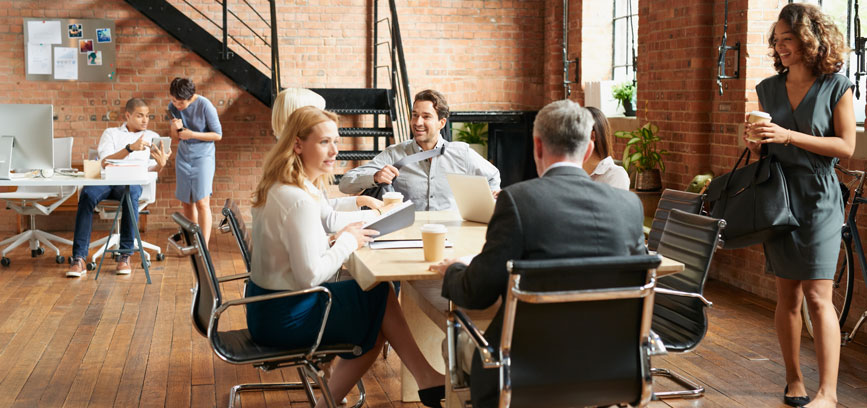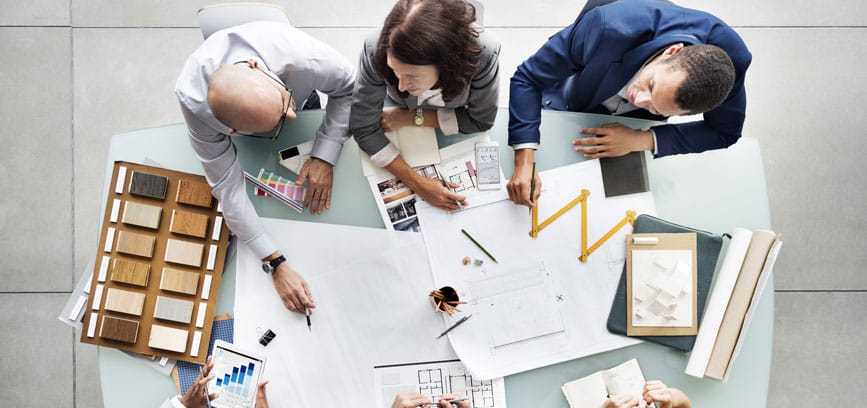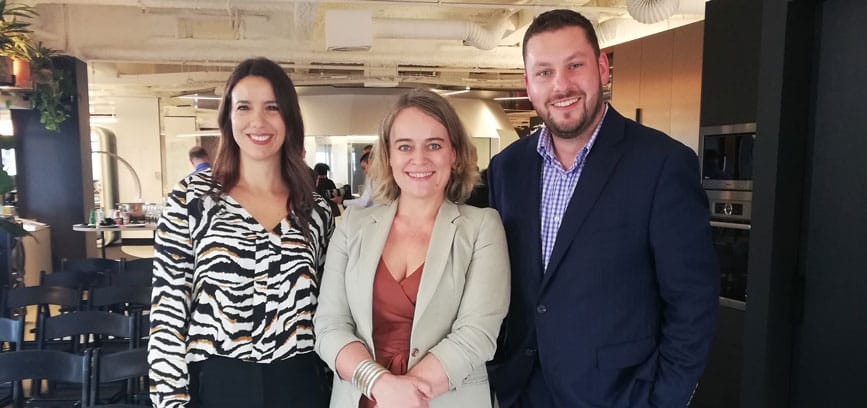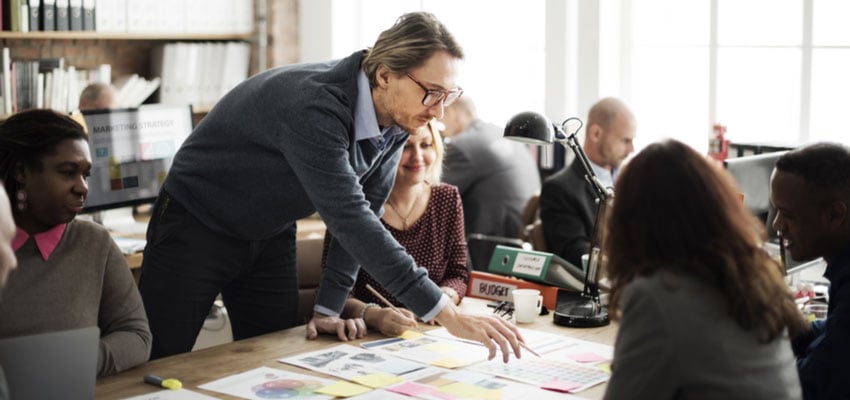How to take your business to the next level with workplace design
Workplace design has a marked effect on a business – if it didn’t, every office would simply be four white walls with rows and rows of identical desks.
Organisations are beginning to understand that, in order to get the best performance out of their employees, they need to provide more than simply a place to work – they need to provide spaces to collaborate, innovate and take a break.
If you want to take your business to the next level, a workplace redesign might just be the place to start. Here are 5 ways a workplace design can make your business more competitive.
Improving productivity
Our environments have an undeniable effect on how well we work, so supporting employees through workplace design can have a very positive effect on productivity. This can be through myriad ways. A workplace design can, for example, incorporate ergonomic furniture and flexible desks to support employee comfort and wellness, helping them do better work throughout the day; or it can make certain workflows more efficient, leaving employees more time to work on things that provide greater value to the company.
Increasing collaboration
Many organisations are realising the benefits of fostering a strong culture of collaboration, with a report by Deloitte finding that Australian companies that prioritise collaboration are twice as likely to be profitable and twice as likely to outgrow competitors.
Studies have also shown that the most innovative employees spend almost half their time collaborating with others, whether that’s in person or via technology.
A workplace design can be a key means of encouraging collaboration. Whether it’s informal lounges, stand-up meeting spaces, or brainstorming rooms, the simple act of providing a space whose purpose is collaboration sends a strong signal to employees that it is an essential aspect of your culture, and encourages employees to find ways to utilise the space.
Encouraging innovation
The most innovative businesses often have the most innovative workplace designs – think Microsoft’s treehouses, Apple’s spaceship or Amazon’s mini rainforest domes. While these sorts of things might be a bit outside your budget, there are still many ways your workplace design can help your employees be more innovative too.
Because innovation means thinking outside the box, it makes sense that innovators can become more creative when they have more choice in when and where they work. Providing a variety of spaces and more flexibility can help employees be more engaged in their jobs and spark ideas on improvements – a win for the business.
Organisations that consider employee happiness as a fundamental performance objective consistently unlock greater innovation and long-term financial success, according to a Robert Half study. While innovation is defined differently by each business, providing a workspace with places to unplug and unwind can aid the creative process, while also giving employees more organic opportunities for interpersonal interaction.
Attracting top talent
If you want your business to be more competitive, then you need to be able to attract the best of the best. But these days – when many employees have the option to not just work at other organisations, but also become freelance consultants – it’s arguable that companies have to work harder than ever to entice employees to stay in one place.
Your workplace design is one of the best tools at your disposal. With a single glance, potential employees can read a lot into your organisation. For example, a variety of different spaces – cosy reading nooks, formal conference rooms, collaborative open-plan areas – says your organisation is flexible and willing to cater for different work practices.
A biophilic design that integrates nature, or a design that encourages activity throughout the day, shows you care about your employees’ health and wellbeing.
Supporting digital transformation
Successful digital transformation requires an organisation to rethink its entire way of working. A workplace redesign can facilitate this, whether it’s by incorporating new technologies, supporting new workflows or encouraging new ways of working.
REA Group’s headquarters in Melbourne, for example, have ‘wormholes’ – embedded screen portals within walls to allow 24/7 communication with global teammates, allowing them to partake in events like meetings, demonstrations and celebrations as if they were in the same room.
If claiming a bigger market share and outstripping your competitors is one of your organisation’s goals this year, take a look around the office. Could your workplace design be working harder for you?








